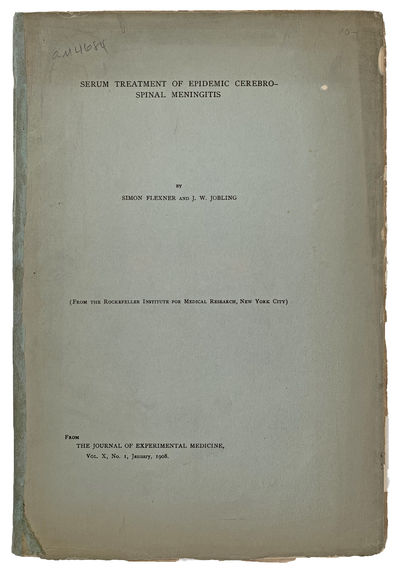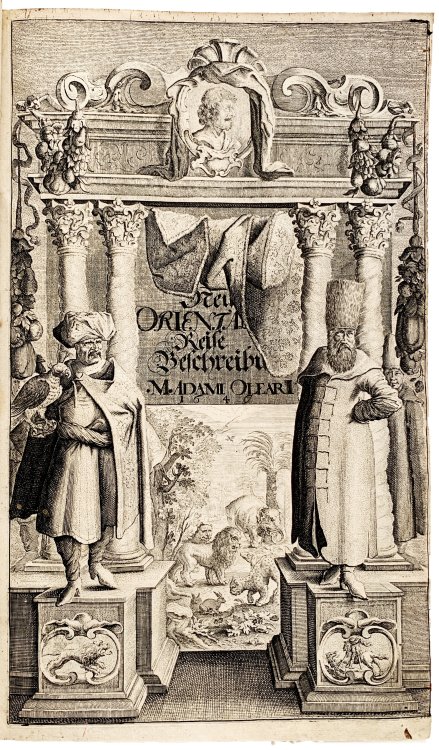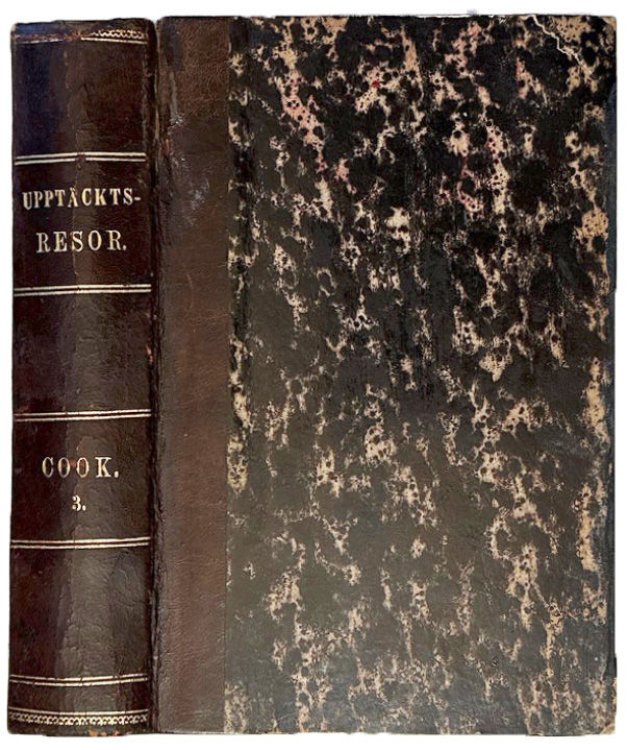
"Serum Treatment of Epidemic Cerebro-spinal Meningitis."
$75.00 USD • Used
Series: JEM, vol. X, no. 1, January 1908. Offprint. Tall 8vo. pp. 141-203, [1]. Original pale green printed wrappers; wrappers soiled. spine reinforced with kozo. Bookplate of Frederick A. Frye. G...
Store: JeffWeberRareBooks [View Items]
Series: JEM, vol. X, no. 1, January 1908. Offprint. Tall 8vo. pp. 141-203, [1]. Original pale green printed wrappers; wrappers soiled. spine reinforced with kozo. Bookplate of Frederick A. Frye. Good. RARE. Published in the very journal that Flexner himself revitalized. "In the winter of 1904-1905 meningococcal meningitis swept through New York City, killing more than 3,000 people as part of a worldwide pandemic. Simon Flexner (1863-1946), director of the newly established Rockefeller Institute for Medical Research, was appointed to a city health department commission to investigate the epidemic. / A renowned pathologist, Flexner knew that a bacterium caused the meningitis since it had been identified in 1887 and could be cultured easily. In addition, an antiserum that could kill the bacterium was available, made from the blood of horses infected with the it, but the therapy was being administered by subcutaneous injection and was not effective. Flexner also was familiar with cerebrospinal meningitis, having been part of a team that identified it during an epidemic among Maryland coal miners in 1893. From 1904 to 1907, he brought this field experience and his laboratory skills to bear on the disease. Using cultures from New York victims of the disease, he inoculated guinea pigs and monkeys to study the course of infection and ways of administering antiserum. He recognized that the problem was getting the antiserum where it was needed, in the brain, and thus he delivered it into the fluid that bathes the spinal column and the brain by a spinal (intrathecal) injection. The first human subjects received intrathecal injections of antiserum during a 1907 epidemic in Ohio. The death rate from the diseasewhich had been 75 percentwas cut in half. It remained the only effective therapy for three decades, until sulfa drugs and penicillin became available. The success of this treatment, which was widely reported in newspapers, impressed John D. Rockefeller, Sr. and helped persuade him to pledge funds, in 1908, to build the Rockefeller Hospital. By 1913, Flexner could report on the serum's effectiveness in treating 1300 patients around the world." -- Rockefeller University, The First Effective Therapy for Meningococcal Meningitis. REFERENCES: Garrison and Morton 4684; Peyton Rous, Obituary, Royal Society, 1946.
Product Info
Publisher: Journal of Experimental Medicine, 1908.
Year: 1908
Type: Used
Binding: Softcover
Seller Info
JeffWeberRareBooks
Address: Place Pury 9 Neuchâtel,
Website: https://www.weberrarebooks.com
Country: Switzerland






